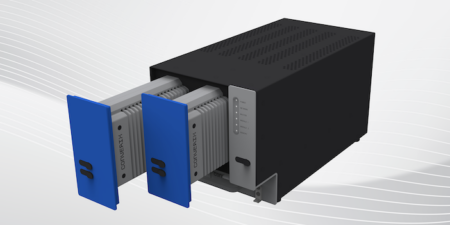January 30, 2017 – Intelsat 33e, the second of the Intelsat EpicNG high-throughput satellites (HTS), successfully completed all in-orbit testing and entered service on January 29, 2017. Manufactured by Boeing and launched in August 2016, Intelsat 33e is equipped with what Intelsat claims is the most advanced digital payload on a commercial spacecraft.
The satellite, operating from 60° East, will extend Intelsat’s HTS services in C-, Ku- and Ka-band to Europe, the Middle East, Africa, Asia Pacific, Mediterranean and Indian Ocean regions for aeronautical and maritime mobility service providers (including Gogo and Panasonic Avionics), fixed and mobile network operators, and government customers. Intelsat 33e’s powerful spot beams will also enable the distribution of regionalized content for media customers operating in the region.
“The experience of implementing Intelsat EpicNG and bringing it to our customers has affirmed our beliefs about the potential of HTS,” said Stephen Spengler, CEO of Intelsat. “We have a dynamic, open and evolving platform that will increase in capability over time, providing a technology hedge for our customers that need to make investments today on which they can build for a decade of growth. Intelsat is delivering on the promise of HTS, and our design and strategy will advance our vision of unlocking access to new, larger and faster growing sectors for Intelsat and our customers.”
Intelsat EpicNG services were launched in March 2016 with Intelsat 29e, which is located at 310° East and offers a footprint spanning the Americas, the Caribbean, Eastern USA and the North Atlantic region. Three additional Intelsat EpicNG satellites – Intelsat 32e, Intelsat 35e and Intelsat 37e – are scheduled for launch in 2017 – with the Intelsat EpicNG’s global footprint to be completed with Horizons 3e, which is to be stationed at 169° East with a launch planned in the second half of 2018. Horizons 3e will extend Intelsat EpicNG’s coverage to the Pacific Ocean Region and further expand Intelsat EpicNG’s presence in Asia Pacific.




